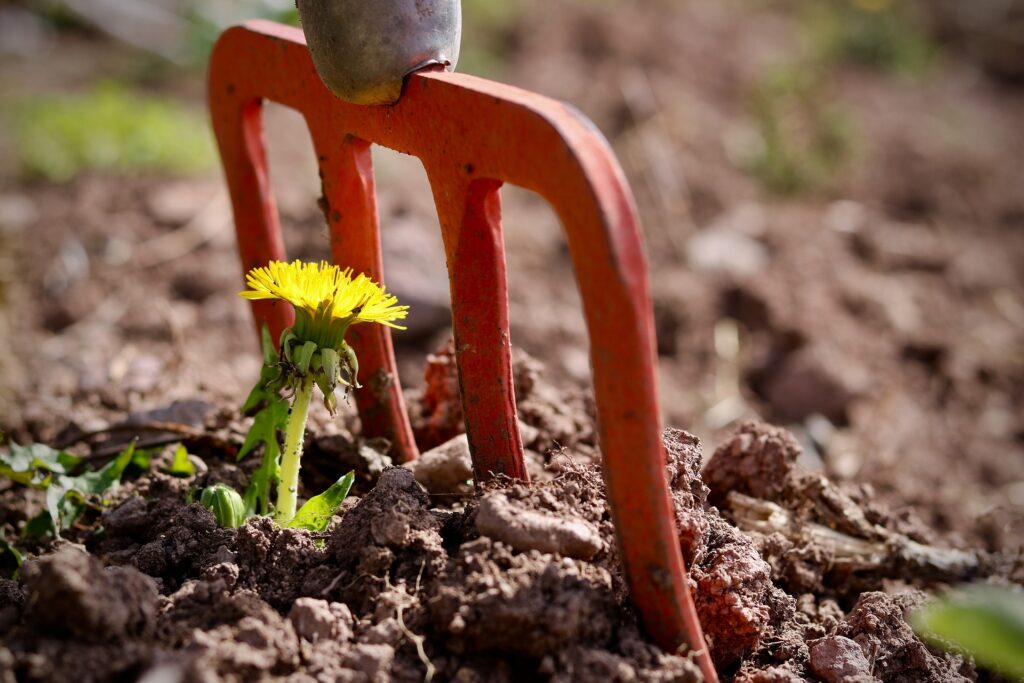
The Power of Weeds to End Hunger in an Uncertain Climate
By Lewis Ziska
Sign up for our monthly newsletter!
Hang on. Aren’t weeds harmful to crops—a constraint on our ability to grow enough food?
Yes, they are.
But not always. In the 1880s the European wine industry was on the verge of collapse due to phylloxera, (a type of root-destroying aphid). Today, with few exceptions, all French wine comes from vines grafted onto wild (weedy) American grape rootstock resistant to phylloxera. When modern rice lines where lacking disease resistance to grassy stunt virus, it was the weedy rice line, Oryza nivara, which provided the resistance gene, a gene still present in much of the rice the world consumes. Weeds are weeds because we (humans) deem them to be unwanted or harmful. Yet as with many things human our definitions are fluid.
In fact, weeds may provide a unique genetic resource when it comes to dealing with climate change.
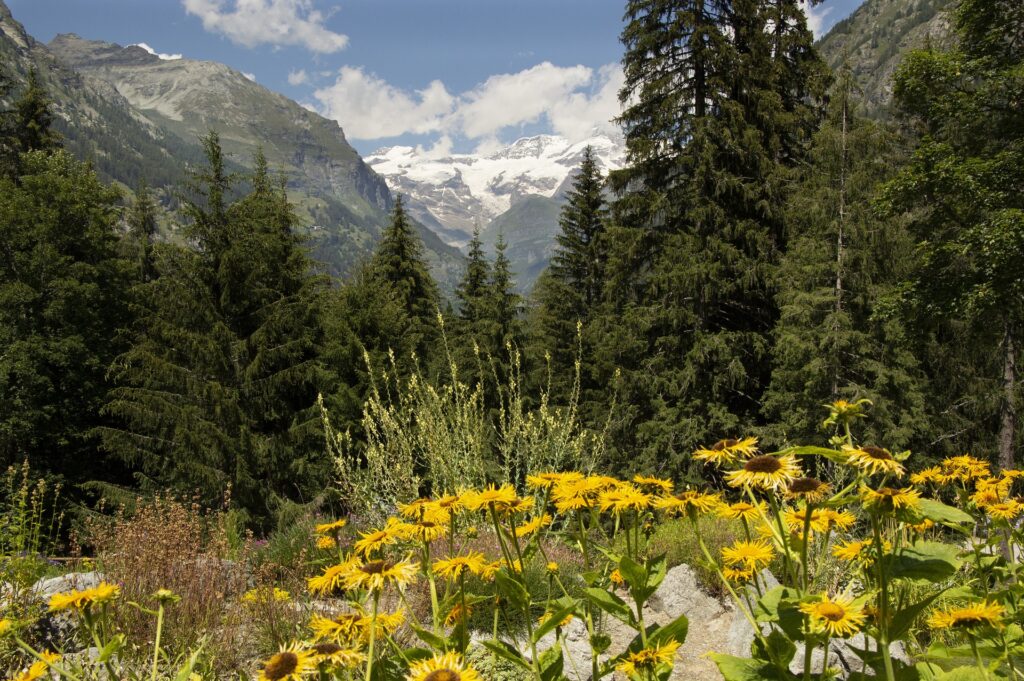
To see why, it helps to have an understanding of how plant breeding works. Traditional plant breeders manipulate natural selection to identify, cultivate and preserve favorable traits; modern breeders may insert a gene or genes to develop a specific desirable trait (genetically modified organisms, or GMOs). Either way the resulting genetic line is then considered “cultivated”, distinct from the “wild” version of that plant in nature. Such selections are known as “cultivars”, short for cultivated variety. But there is a catch—once identified, every effort is made to maintain genetic purity.
There are sensible scientific reasons for this. Say you are a plant breeder and you have discovered, or genetically engineered, a new rice cultivar (“Rice!”), one that is resistant to rust—(a nasty fungus that can destroy the crop). As a breeder you must make certain that this cultivar remains genetically pure—otherwise you run the risk of losing the resistance trait. Therefore, to increase your supply of Rice! you will have to grow it under strict isolation and inspection to ensure that outcrossing (genetic mixing) is prevented and that the seed is “certified”, i.e., genetically pure.
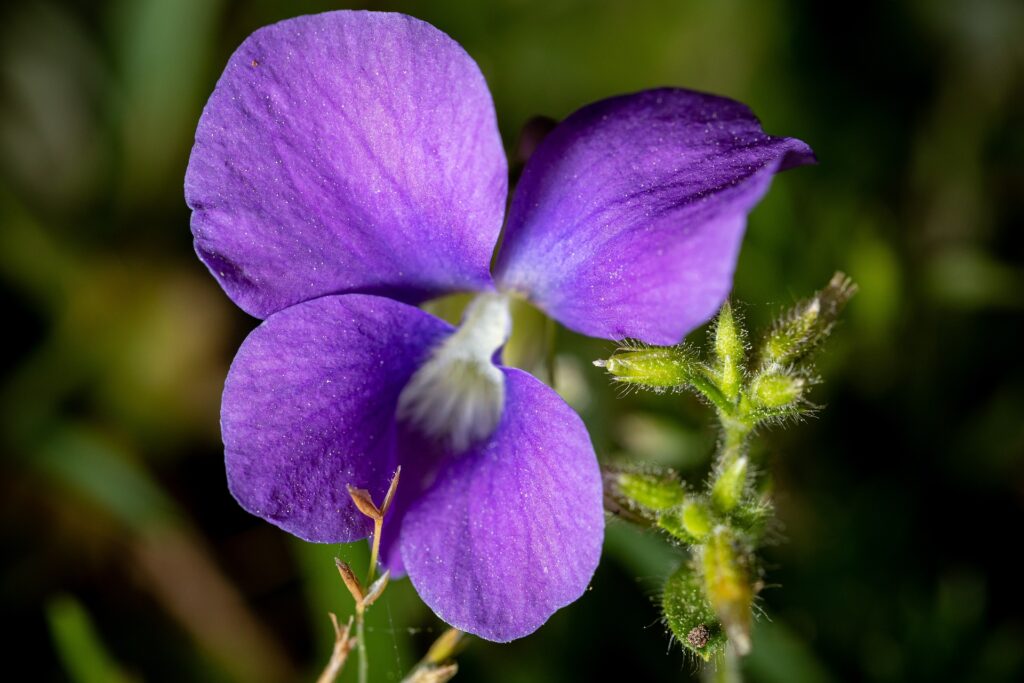
There are also strong economic reasons to maintain purity. If Rice! was genetically engineered, and it loses even part of its DNA, you (or your company) can’t get any proprietary money for your GMO patent.
Finally there is this–for developed countries farms are large—about 450 acres in the U.S., over 500 acres in Brazil. To run such a farm you need to mechanize. One family can’t hoe hundreds of acres. You need tillers, tractors, combines, spreaders, cultivators, sprayers, balers, etc. Diversity? It’s hard enough to grow one cultivar. There are good reasons why large farms are run as monocultures.
And our food economy reflects this lack of diversity. Let’s focus on one popular item from the McDonalds menu—French fries. If you dine at McDonalds, you do so in part because you know what to expect– whether you dine in Albuquerque, New Mexico or Zanesville, Ohio. So McDonalds relies on a small subset of potato genetics, primarily Russets (with Russet Burbank being the most popular) for their consistency and their taste. Consequently, if I’m a potato farmer, I grow Russets. Indeed, almost every current business model for food production relies on a small subset of existing genetics, from potatoes to chickens.
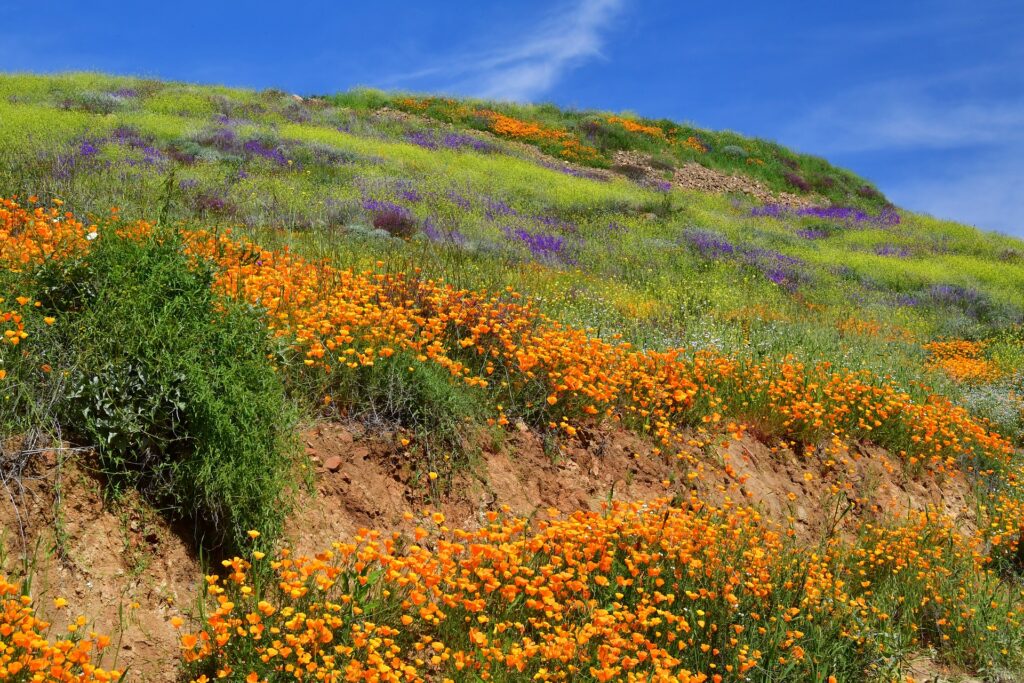
We have assumed for sound reasons from plant breeding to farm size, the faster, uniform, cheaper assembly line model of food production. A model that doesn’t reflect the inherent genetic variation in nature for a given crop—but a narrow subset that meets economic needs. That’s fine—as long as the climate is stable.
And there’s the rub. Accelerated climate change is resulting in unprecedented uncertainty. Rapid environmental shifts do not favor a single set of genetics (Russets), no matter how popular those genetics may be at McDonalds. Relying on a single, limited, set of genetics increases risks—from vulnerability to new diseases (e.g., Avian flu), to extremes in rainfall (flooding or droughts). To reduce these risks requires an increase in genetic diversity, the antithesis of the current agricultural model.
So now we revert back to the beginning premise—that weeds may provide a means to improve genetic resilience, to allow us to adapt to climate change. And not just any weeds—we want to examine the “worst” weeds –weeds within a given crop system that cause the most damage. But why?
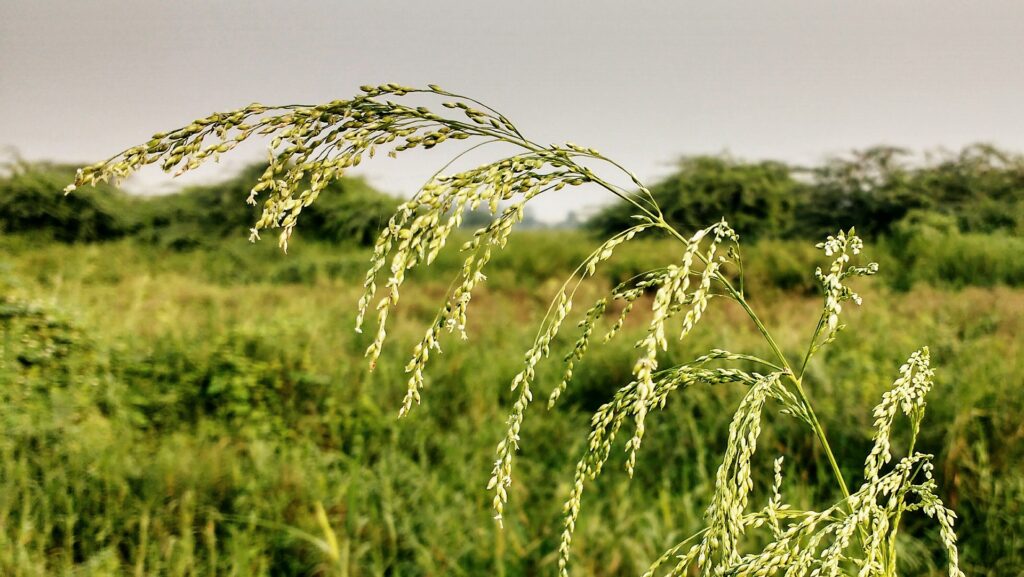
Well, simply put, the worst weeds are often wild relatives of the crop. Worst because the conditions you have fostered to get your cultivar to grow are also the same conditions that suit their weedy “cousins”. In addition, we rely on visual cues to remove weeds—but if a weed looks at all like what you planted, you aren’t likely to remove it, at least until it gets big enough so that the damage has been done.
The worst weed in rice? Weedy or red rice. Worst weed in oats or wheat? Wild oats. Worst weed in Sorghum? Shattercane (wild sorghum). Worst weed in potato? Nightshades (both in the Solanum genus).
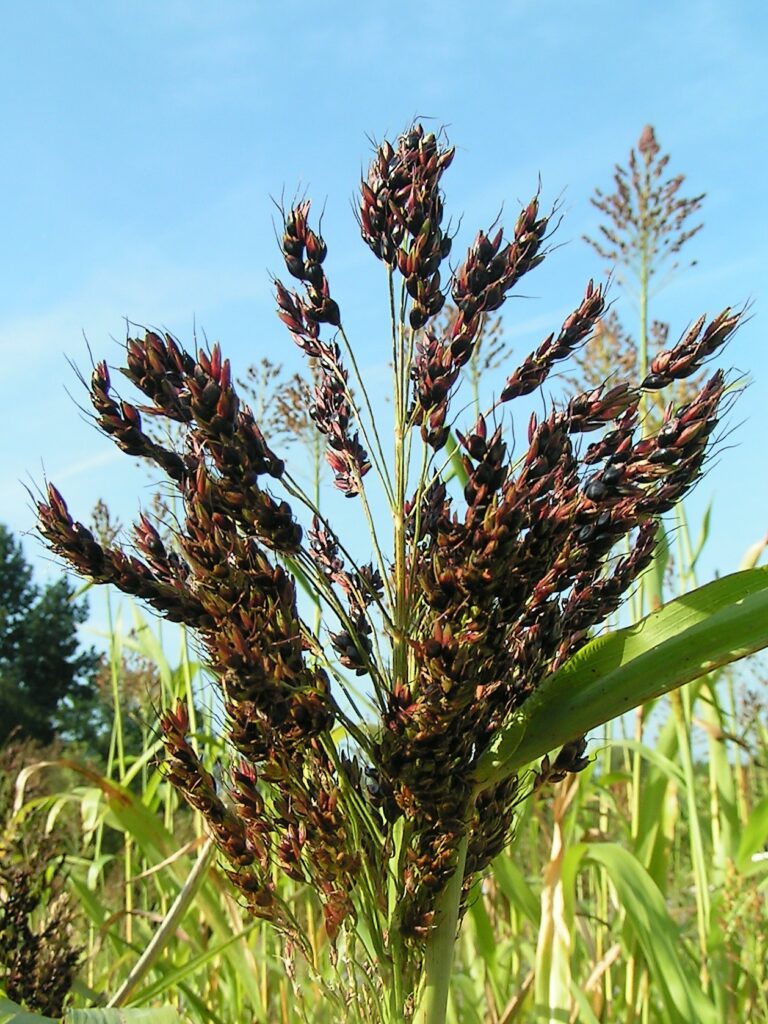
Yet these wild relatives of the modern crop cultivars are genetically diverse and subject to multiple selection factors; including environmental (e.g., temperature, rainfall) and management (e.g., land preparation, use of herbicides). Overall, weeds are characterized by rapid growth, high seed production, environmental plasticity, and genetic variability. And they are highly adaptable as a result—growing on asphalt on 100°F days, in polluted soils, even on the sides of buildings.
And it is that ability to respond evolutionarily to rapid change that makes weeds so desirable; they may provide a unique set of genes, genes that could transform, diversify, our current, limited set of crop genetics, increasing our ability to respond to climatic uncertainty.
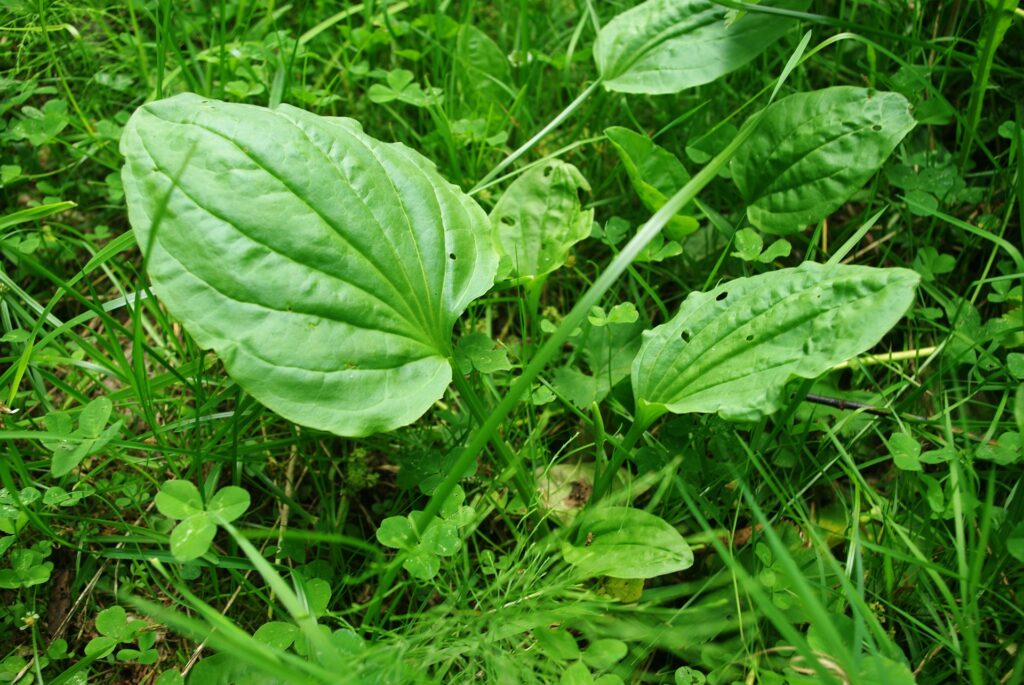
It may already be occurring. Think back to your elementary school science class—and learning what makes plants grow. Sunlight was mentioned, as were nutrients (fertilizer) and water. Perhaps, in an advanced classroom, mention was even made of carbon dioxide, CO2, that more of it in the atmosphere can stimulate plant growth.
Rapid increase of a plant resource can be a powerful selection factor. Since 1970, the concentration of atmospheric CO2, the primary global warming gas, has increased by 30% from 320 to 420 parts per million. So have cultivated crops responded more than their weedy relative to this resource change? Is human selection keeping pace with natural selection?
No. Based on published studies weedy rice was able to convert more CO2 into growth and seed yield, and it was better able to do so even at higher temperatures relative to cultivated rice. Other studies that have examined how weedy relatives of crops might respond to projected increases in CO2 also demonstrate that it is these weedy lines, with their greater genetic and morphological diversity, that responded more to CO2.
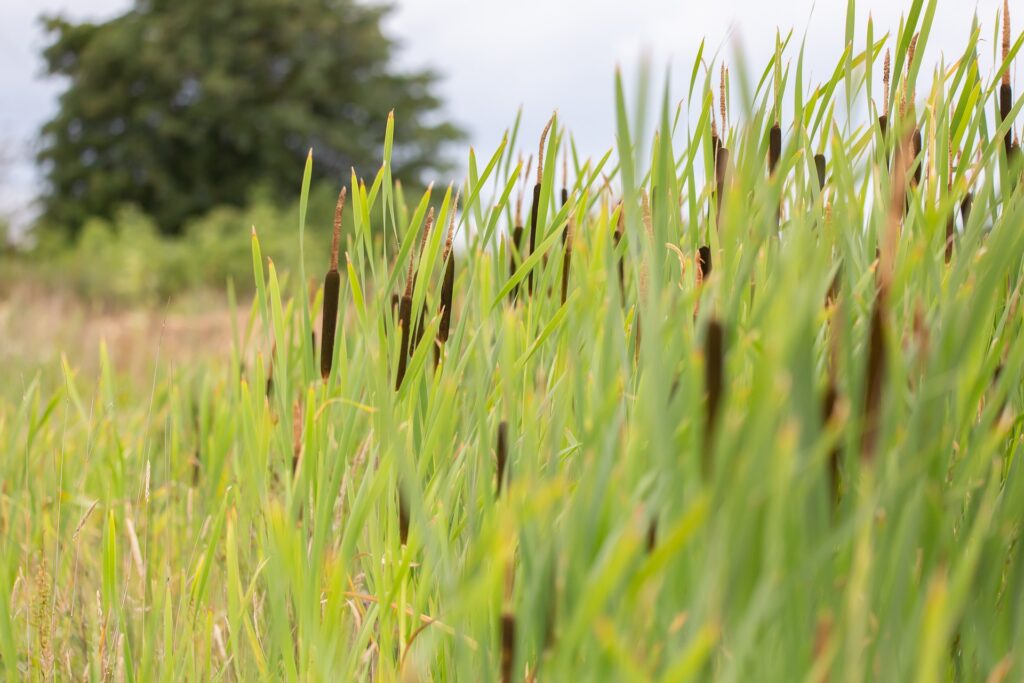
And human selection via plant breeding? Unfortunately, that potential remains untapped. The breeding priorities continue to be those of modern farming–the cultivation of uniform monocultures that provide an economic need (e.g., Russet Burbank potatoes for McDonalds’ fries). Consequently, most breeders are only evaluating a small percentage of the available germplasm for things like disease resistance or cooking characteristics—not for environmental resilience.
By shifting the paradigm to climate change and environmental stress, the science of plant breeding has a unique opportunity to utilize weedy, wild germplasm as an effective means to maintain food security as CO2 increases and the climate changes. Yes, weeds can represent many undesirable qualities, but their ability to adapt, to grow in the most undesirable of circumstances may, if we are wise enough, provide a source of genetic diversity to address climatic change and maintain food security. If we are to feed 8 billion, soon to be 10 billion, diversity is key.
Lewis H. Ziska, Ph.D. is an Associate Professor at Mailman School of Public Health, Columbia University and is on WS/C’s Board of Advisors.
References:
Ziska, L.H., Tomecek, M.B. and Gealy, D.R., 2014. Assessment of cultivated and wild, weedy rice lines to concurrent changes in CO 2 concentration and air temperature: determining traits for enhanced seed yield with increasing atmospheric CO 2. Functional Plant Biology, 41(3), pp.236-243.
Ziska, L.H. and McClung, A., 2008. Differential response of cultivated and weedy (red) rice to recent and projected increases in atmospheric carbon dioxide. Agronomy journal, 100(5), pp.1259-1263.
Wang, D.R., Bunce, J.A., Tomecek, M.B., Gealy, D., McClung, A., McCouch, S.R. and Ziska, L.H., 2016. Evidence for divergence of response in Indica, Japonica, and wild rice to high CO2× temperature interaction. Global change biology, 22(7), pp.2620-2632
Plantings
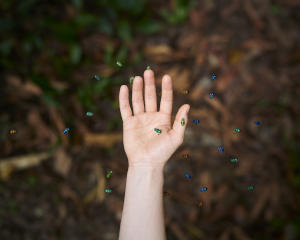
Ecological Kinship Makes Scents
By Jake Eshelman

Edwina von Gal on Ecological Action and Habitat Restoration
By Gayil Nalls
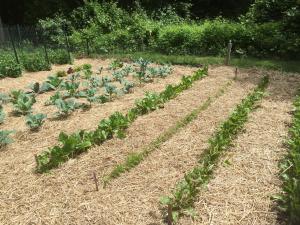
How Does Your Garden Grow?
A Conversation with Vivian Berry, Cultivator and Steward of Berry FarmZ
By Véronique Firkusny

Energy is a Form Giver
A Conversation with R. Randall Vosbeck, FAIA
By Liz Macklin
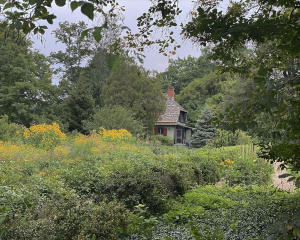
Samuel Morse
Locust Grove Estate and Nature Preserve
By Gayil Nalls
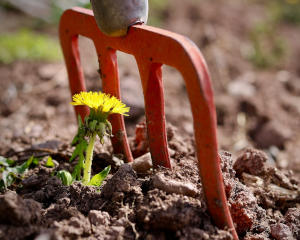
The Power of Weeds to End Hunger in an Uncertain Climate
By Lewis Ziska
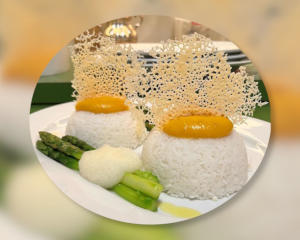
Eat More Plants Recipes:
Basmati Rice with Pumpkin, Asparagus, Cauliflower and Grana Padano ‘Waffle’
By Chef Giovanni Parlati

As Ireland transitions from the rich, smoky scent of peat-burning to a more sustainable future, its olfactory heritage is evolving. What will become the next iconic aromatic symbol of Ireland?
Click to watch the documentary trailer.


